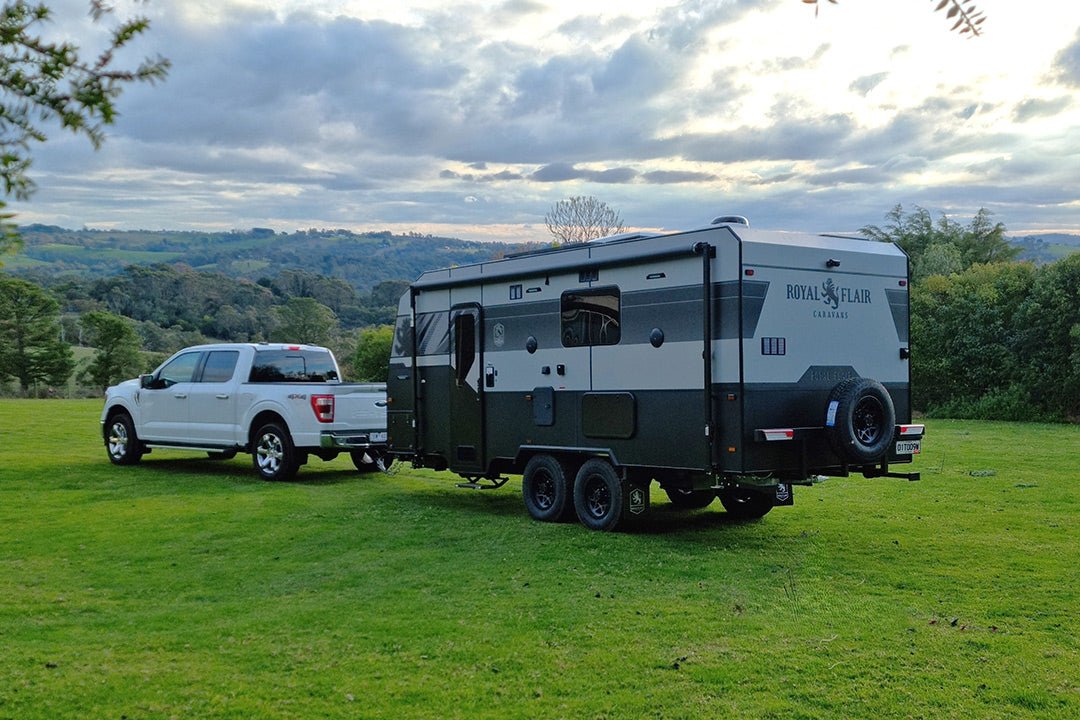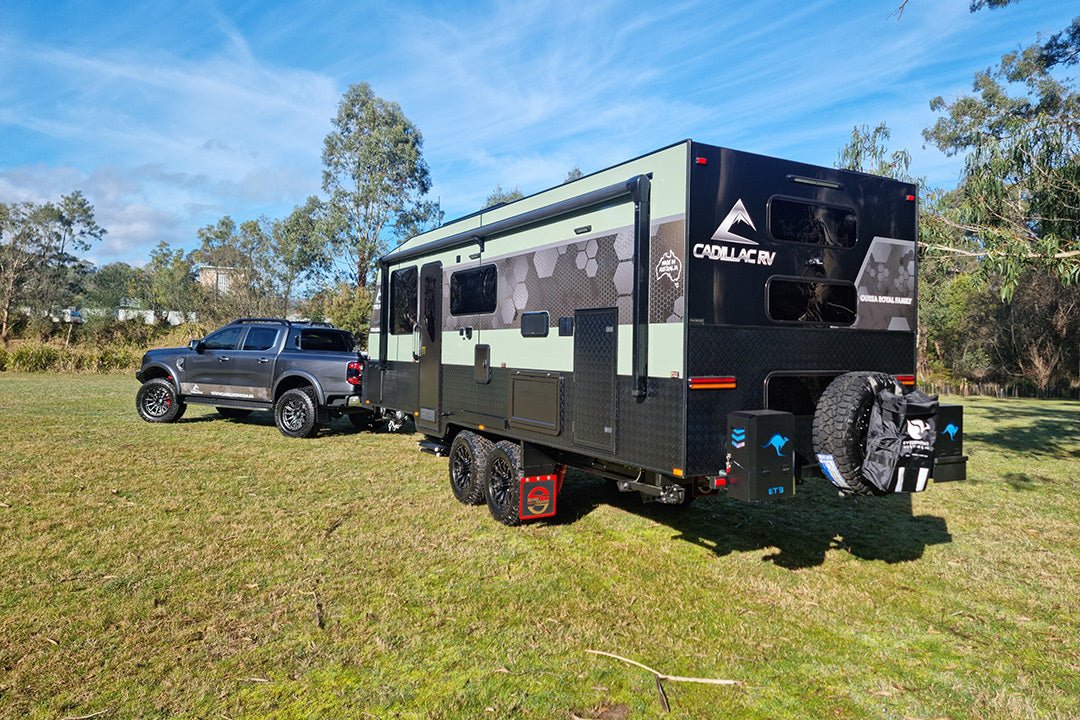Travel To The Famous Wolfe Creek Crater

Mention ‘Wolfe Creek’ to people these days and most will immediately turn their minds back to that spooky, quite gruesome Aussie movie screened a number of years ago which left vivid impressions on those who watched it.
Although there is still an ongoing reminder of the film in the area with the presence of the eerie, neglected ruins of an old station building nearby (where, we believe, a segment of the movie was filmed), the much more memorable Wolfe Creek meteorite crater has long lasting impact and appeal to all those who visit this lonely outback site.
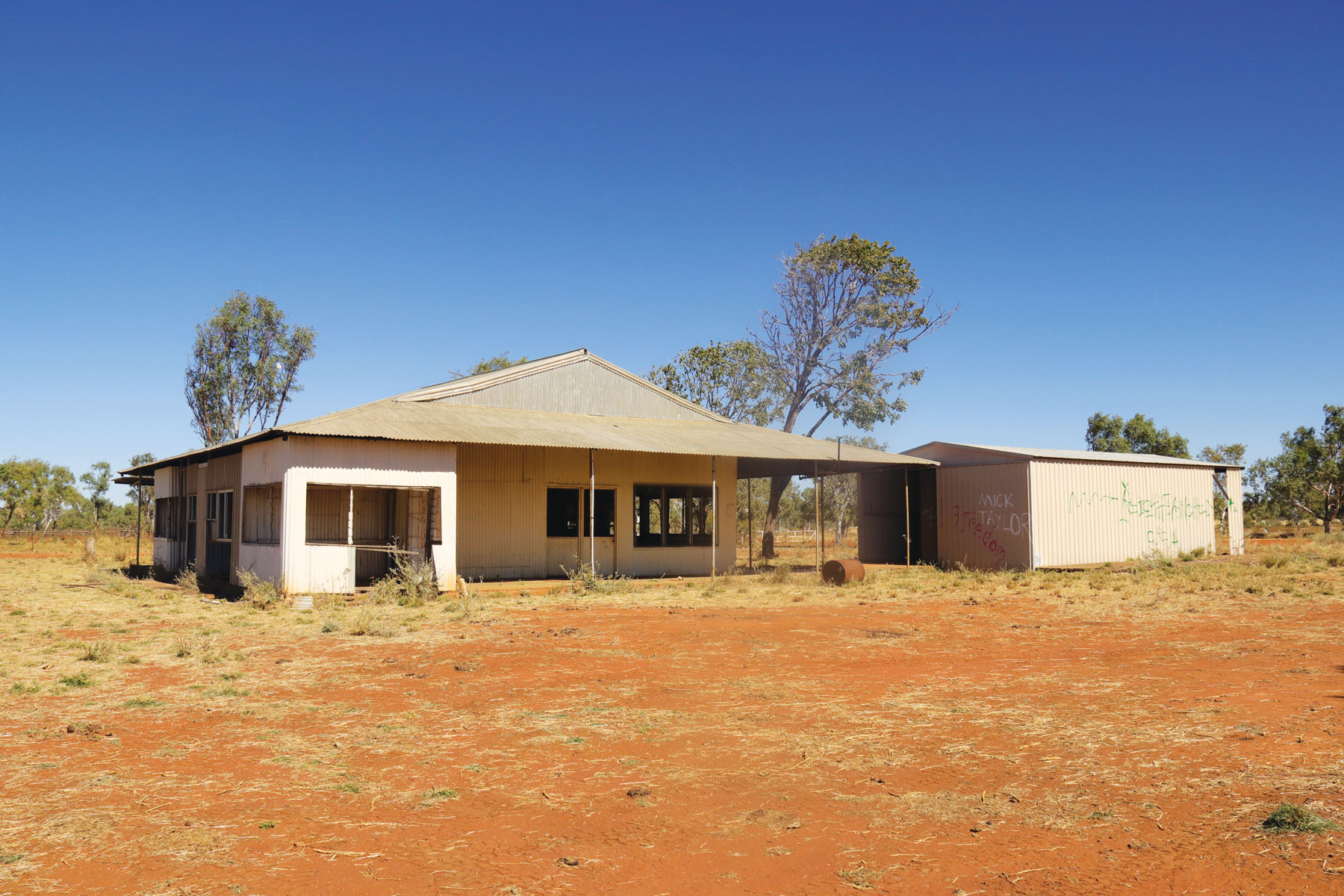
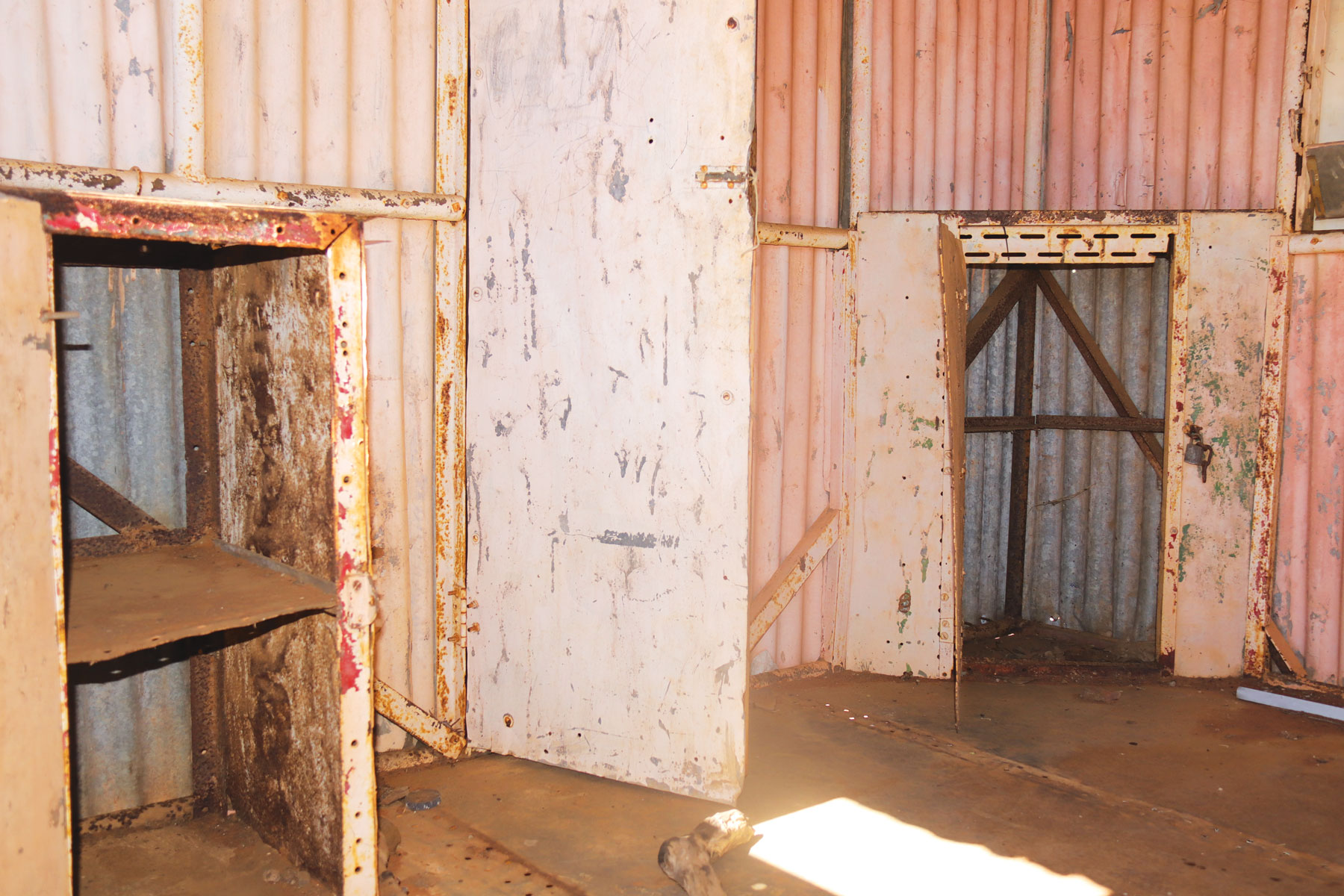
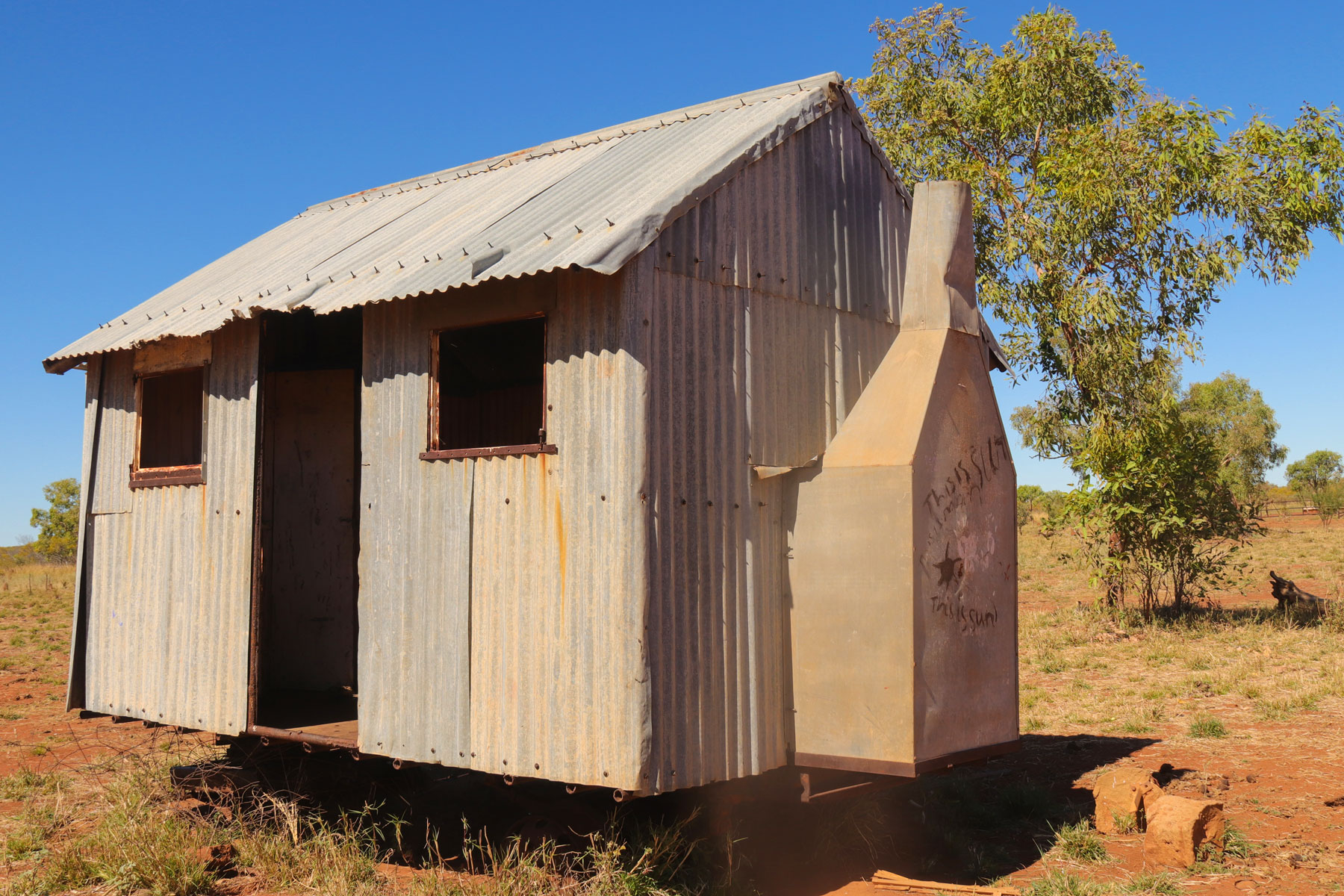
Located approximately 153 kilometres south of Halls Creek on the edge of the Great Sandy Desert in the Western Australian Kimberley, this huge hole in the ground is full of fascination and mystique and has to be seen to be believed.
Once the scene of a cataclysmic collision when, travelling at 15 kilometres per second and weighing more than a 50,000-tonne battleship, a meteorite slammed into the earth’s surface around 120,000 years ago. Punching a huge hole in the ground in an explosion that would have been felt across the country — if not around the world — the area here would have been a place of total devastation. As it blasted out the crater with an energy force many hundreds of times greater than a large atomic bomb, rocks as deep as 200 metres below the earth’s surface were totally pulverised and all forms of life for many kilometres around would have been destroyed. This massive explosion vaporised the bulk of the meteorite evidenced by the finding in recent years of only a few small fragments up to four kilometres away. Still today however, some rusty balls of rock, known as shale balls, lie scattered on the slopes of the crater or fused into the ridge’s laterite capping. These strange rocks contain iron-nickel and iron-phosphite and are the deeply rusted remains of the iron meteorite.
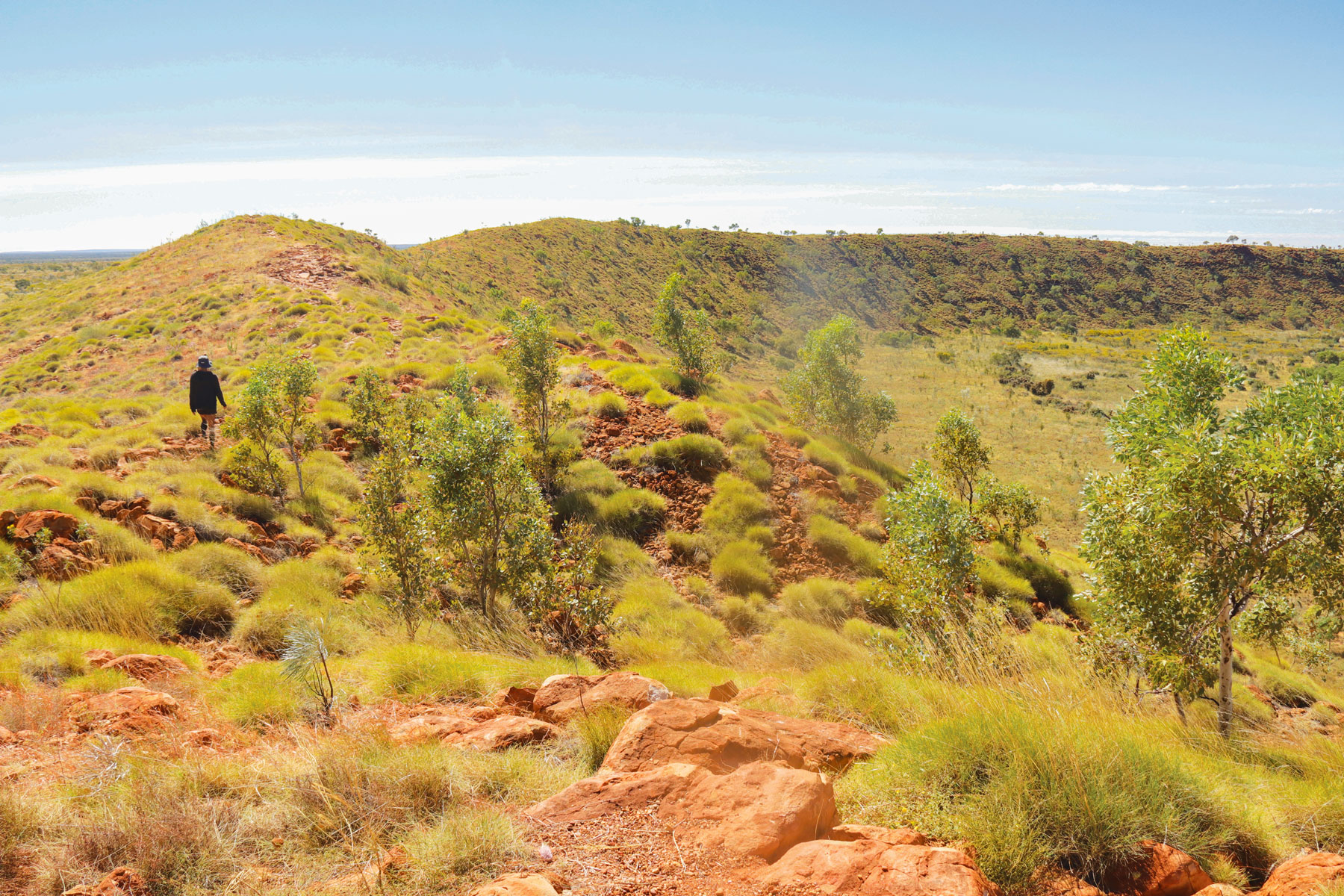
Over the years the almost circular shape of Wolfe Creek crater has changed quite dramatically from what it looked like immediately after the collision all those years ago. With the effect of erosion from wind and rain in this semi-arid region, it is believed that the crater rim — now standing around 50 metres above the surrounding plain and measuring around 850 metres in diameter — was once significantly higher than what we see today. Within the crater walls, the hole originally blasted out to an estimated depth of 120 metres has now been largely filled with dust, sand and plant debris to be now only around 20 metres deeper than the surrounding plain.

Despite the lingering memories of ‘that movie’ and the huge crash here years ago, Wolfe Creek crater — known to be the second largest meteorite crater in the world — is these days a much more serene and pleasant place to visit than it once used to be.
Only recognised by a geologist (conducting an aerial survey of the area) as a meteorite site as recently as 1947, the area here is now contained within Wolfe Creek National Park and managed and controlled by WA’s Department of Environment and Conservation.
Accessible by a gravel road from Halls Creek in the dry season from May to October (4WD recommended) or towards the top end of the Tanami Road from Alice Springs, a visit here for us recently was quite a fascinating, even eerie, experience. As the shadows of the rim progressively work their way across the 750 metre crater floor in the late afternoon, the whole scene seems to take on a dark, empty feeling. At night, viewing the crater — with its broad deep hole in the middle — is like looking into a giant black pit. Its mood changes once more at first morning light, and once the sun reaches the crater floor there is almost immediately an impression that life is springing back into this lonely outback formation.
An information signboard located at the start of the short 200 metre (5 minute) climb track from the car park to the top of the crater rim gives dramatic details of the extra-terrestrial visitor that once made such an impact here. It all adds to the intrigue of the place.
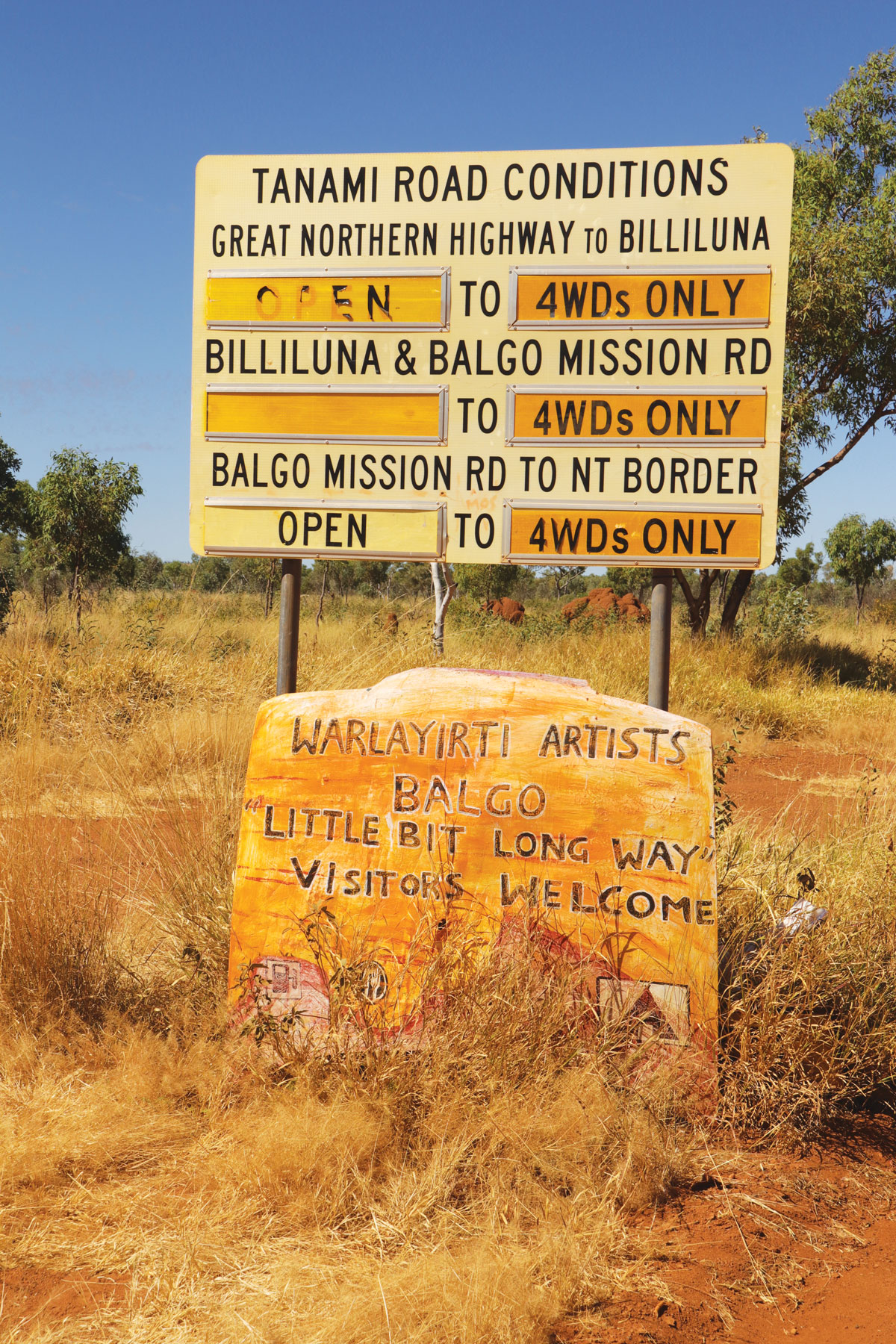
Outside the crater, the surrounding countryside is flat open plains covered in spinifex, mulla mulla plants and a few small, scattered trees. Inside it is quite a different scene — on the crater floor, particularly towards its centre, there is quite a heavy growth of acacias (wattles) and paperbarks thriving on the rainwater and sediments collected by the crater walls. As there are none of these trees to be found in the drier environment immediately outside the crater, it seems that the seeds which resulted in the growth of these plants must have been carried quite some distance by birds and dispersed in their droppings within the crater. Bird life recorded within the crater include rainbow bee-eaters, finches and Major Mitchell cockatoos.
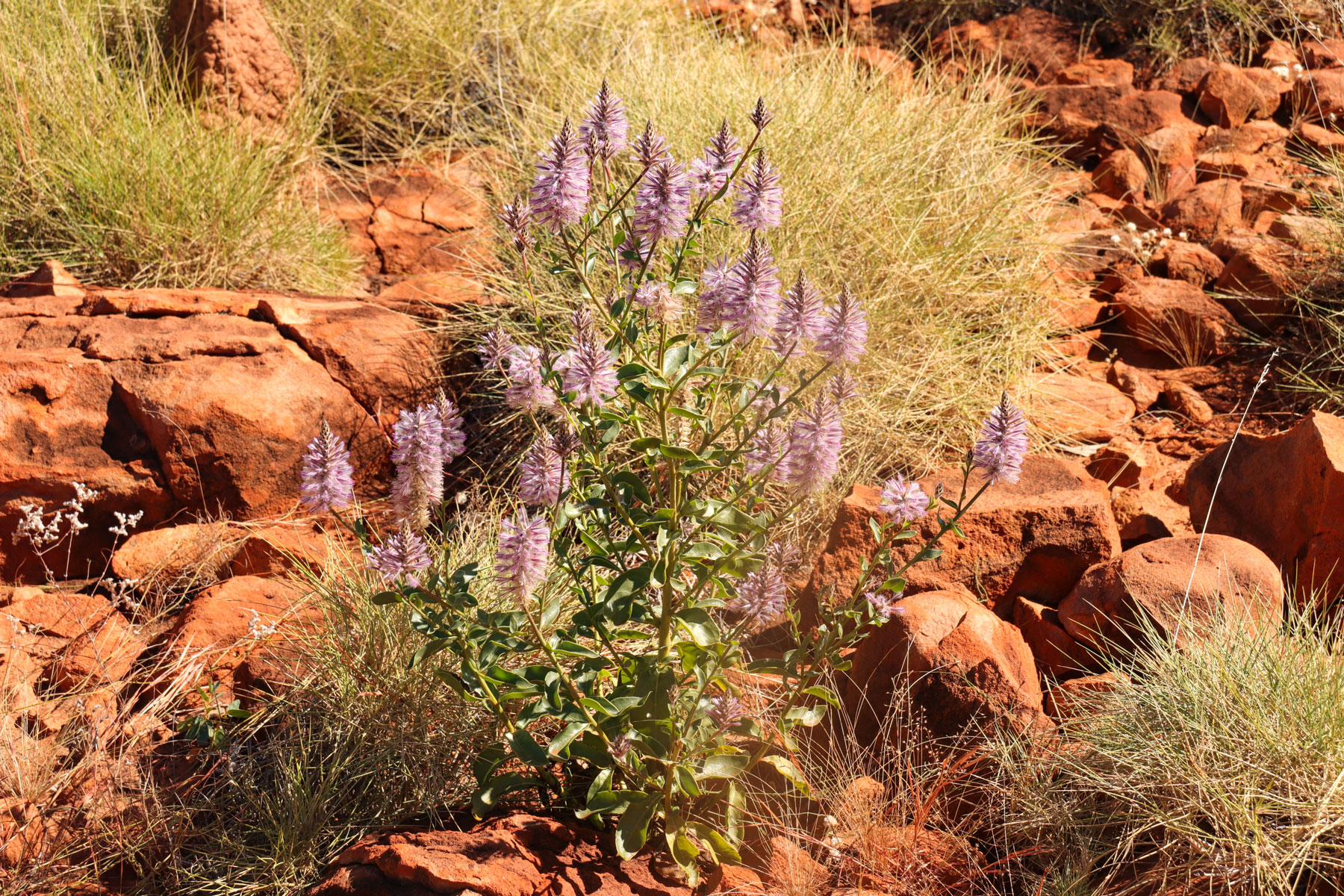
Mulla Mulla plants
Once visitors have climbed up to the crater rim lookout, they have the option to undertake a full three-kilometre rim loop walk which is undulating and rocky. There is also a walking track leading down the inside of the rim (much steeper than on the outside of the rim) and out across the crater floor to its centre. Apart from the climb down and back up, this is not a difficult trek and is quite popular with many visitors who find their way to this lonely place. On the day we called in to have a look at this natural phenomenon on the landscape, my wife Prue and I had the experience for at least part of the time of having the whole crater to ourselves. As we stood alone in the centre of the crater, with the sign board information of its creation fresh in our minds, a somewhat uneasy sensation came over us as we tried to imagine the horrific event that caused this place to exist. We certainly wouldn't have wanted to be anywhere nearby when that happened!

From the information signboard we had also learnt of the Jaru and Walmajarri Aboriginal people’s dreamtime legend relating to this area which tells of two rainbow serpents whose sinuous path across the desert formed the nearby Sturt (Jurabalarn) and Wolfe (Ngurriny) Creeks. The crater is called Gandimalal, the place where one snake emerged from the ground. There is also the story that the crater was formed by the evening star spectacularly falling to the ground way back in the earth’s creation time.
Now we all know the saying that ‘lightning doesn't strike in the same place twice’, and logic would also tell us that there would be even less chance of another meteorite (or wayward star) impacting out here on the day we were there, but was that just a small sigh of relief that could be detected as we climbed out of the crater floor to once again join the world outside?
Still trying to fully comprehend the history-making event that created this eerie place, we slowly drove away to the nearby campground, once again leaving Wolfe Creek crater to its quiet and lonely solitude.
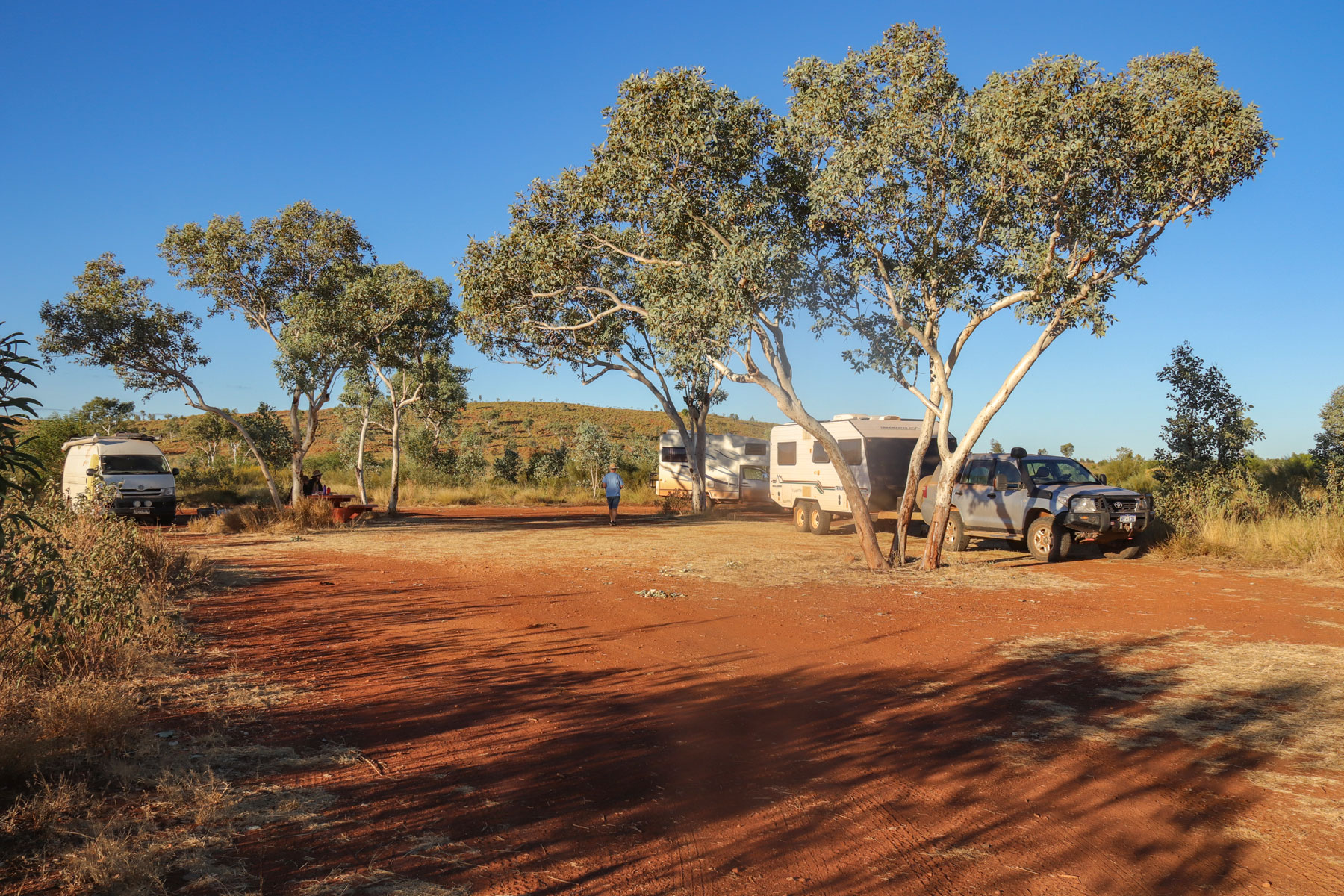
Fast Facts
- Wolfe Creek meteorite crater was named after a Halls Creek prospector and storekeeper, Robert Tennant Stow Wolfe, who discovered and named nearby Wolfe Creek back in 1889.
- To get there, turn off the Great Northern Highway 18 kilometres west of Halls Creek onto the Tanami Road (unsealed). Travel south 112 kilometres along the Tanami Road to the signposted Wolfe Creek crater turn-off to the east. The crater and campsite are 23 kilometres down this access road with three gates to be opened and closed along the way. Access roads to the crater are generally suitable for offroad caravans, camper trailers and high-clearance campervans. Allow two and a half hours each way from Halls Creek.
- Wolfe Creek crater itself is a day visit site, but there is a campsite just a couple of hundred metres away that has some toilets (no other facilities). No permits or fees apply. Take all rubbish away with you. No pets or firearms are allowed.
- This area is isolated with the nearest fuel, services and supplies at Halls Creek — approximately 153 kilometres away. Always carry plenty of drinking water and supplies and check the unsealed road conditions before travelling at Halls Creek Visitor Centre.
- An extra air of spookiness (and sadness) in this region is the fact that nearby Sturt Creek was the scene of a massacre of the local Jaru Aboriginal people back in 1922.






